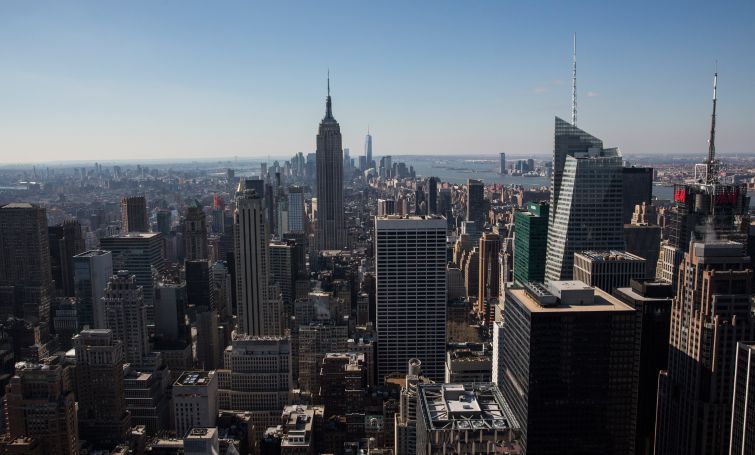New York City Offering Some Wiggle Room for Local Law 97 Compliance
By Mark Hallum September 12, 2023 9:00 am
reprints
The New York City Department of Buildings finalized the rulesets for a law aimed at cutting building emissions months before it takes effect, but did offer some relief for owners who have started work already or taken steps to make their properties compliant.
Local Law 97, which requires that buildings over 25,000 square feet reduce emissions 40 percent by 2030 and 80 percent by 2050, has had landlords on edge as they scramble to avoid fines while simultaneously having no guidelines from New York City before the law goes into place next year.
City officials, however, said there will be flexibility for landlords who are out of compliance at the start of 2024 due to delays from COVID-19 and with the rules being rolled out with less than four months left in the year.
The agency will give building owners wiggle room before levying fines if they can show efforts to meet emissions and water use goals set by the law, such as work permits and contracts with builders, and have a timeline that pegs completion of building upgrades sometime between 2024 and 2029. Unforeseen events can also buy landlords some time, according to city officials.
There will also be credits for those who complete electrification updates and replacement of fossil fuel equipment well before the deadlines hit, but no analysis has been performed at this time to quantify in dollars how owners could benefit from early compliance, the city said.
Whether or not landlords will be able to buy renewable energy credits (RECs) — which will allow owners to buy credits to offset their building’s electricity use — is not clear at this time. Real estate has pushed for RECs while environmentalists argued it will create a loophole in the law.
Under Local Law 97, up to 13,544 properties could face $902 million in fines if the owners do not meet compliance standards by 2030, and the Real Estate Board of New York has said that about 3,780 properties could be paying a collective $213 million in fines by the end of 2023.
That could snowball into 15,832 buildings owing $1.3 billion in fines by 2040.
By 2030, city officials project about $12 to $15 billion will be spent bringing buildings into compliance, while only about $6 billion will be recouped through cost savings from going green. Property owners have previously asked the state to create a tax abatement and incentive program to help defray the costs of upgrades.
Mark Hallum can be reached at mhallum@commercialobsever.com.


